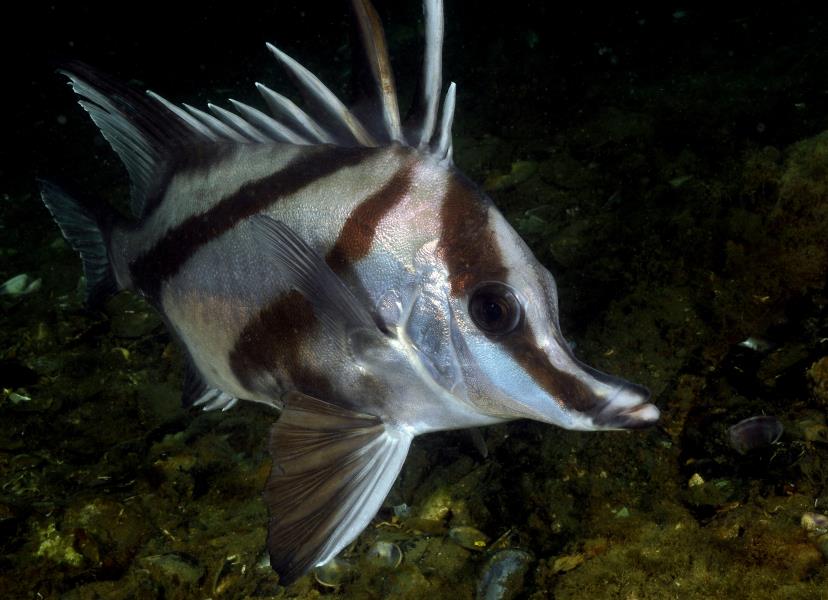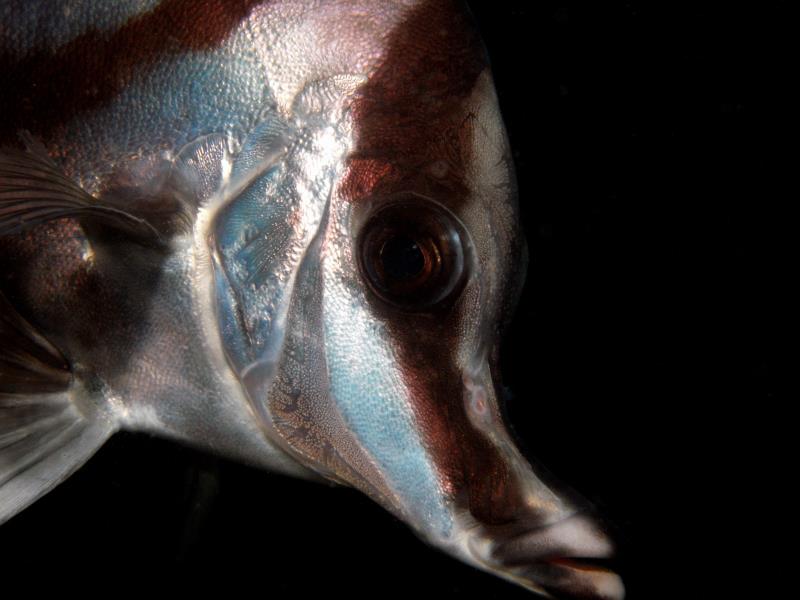 Advice on Scuba Diving in Southern Australia, Australia
Advice on Scuba Diving in Southern Australia, Australia
Part 1: Overview of Scuba Diving in Southern Australia, (Australia)
Southern Australia diving gracefully combines varied dive sites with spectacular coastal scenery. Between the two cities of Melbourne and Adelaide, divers can do almost any type of dive, from shore, reef and wreck dives to technical diving and thrilling shark cage dives. Flying south more, to the island of Tasmania, divers will be rewarded with outstanding unspoiled natural beauty, above and below the water. Diving the Southern parts of Australia is in temperate waters. A full wetsuit is necessary, with water temperature ranging between 12 and 18 degrees Celsius, July being the coldest month.
Melbourne diving can be done from shore or by boat. The numerous jetties around the city provide excellent shore dive opportunities with chances of seeing interesting marine critters, many types of fish and stingrays. By boat, divers easily reach the many wrecks that litter the bottom of the Melbourne waters, some only accessible to technical divers.
Jetties also make for popular dive sites in Adelaide. Home to the Leafy Sea Dragon, Shrimp and crabs- just to name a few- these old structures are great for underwater photography. The city also has many coastal reef dives to offer and several wreck and reef dives by boat. Boxfish, stingrays and Port Jackson Sharks are commonly sighted in the waters around Adelaide.
Diving with the Great White Shark is an experience never to forget. Cage dive trips leaving from South Australia educate divers about these majestic predators so they leave with a new sense of respect and understanding. These tours make for an interesting sightseeing trip as well, with chances of seeing seals, sea lions, and marine birds.
Tasmania is only a short fight away from Melbourne, but it feels like a different world. Largely unspoiled, the island of Tasmania offers excellent opportunities to combine diving with enjoying the above-water scenery. Steep rock cliffs that continue underwater, Giant Kelp forests that feel like a jungle, caves, and wrecks are all part of Tasmania’s diving heritage.
Part 2: Dive Sites, Marine Life & Environment in Southern Australia, (Australia)
Southern Australia diving in temperate waters is incredibly varied and although very different from diving the Great Barrier Reef in Northeast Australia, it’s not any less interesting. Water temperatures fluctuate between 12 and 15 degrees Celsius, with July being the coldest month.
Diving in Melbourne is quite diverse. There are some good shore dives, specifically around the many jetties and piers, like the Portsea Pier in Weroona bay. These places are home to a wonderful selection of macro life, like the Leafy Seadragon and Cleaner Shrimp. The coast around Melbourne is littered with wrecks that can be reached by boat. Outside of Port Phillips Bay is the ‘Ships Graveyard’. Most of the wrecks there are below recreational diving limits, but offer a great opportunity for tech-diving enthusiasts. The Eliza Ramsden wreck, with a depth of around 20 meters, can be dived by Open Water Divers. There are reef and wall dives than can be accessed by boat as well.
Like Melbourne, Adelaide has many Jetties that make excellent shore dives. Rapid Bay Jetty is one of South Australia’s premier dive sites. Every Pylon of this old jetty is covered in marine life that divers can enjoy, like the Leafy Sea Dragon, nudibranchs, sponge crabs and stingrays. These shore dives, together with a wide range of reef and wreck dives, make Adelaide another interesting Australian dive destination.
South Australia offers the unique and adrenaline rushing experience of diving with the Great White Shark. From the safety of a cage, diving with the Great White is an experience never to forget and gives a new sense of respect for this majestic predator. These cage diving trips in South Australia are a great way to see some of Australia’s other wild life too, like seals, sea lions and albatross.
Divers venturing down to Tasmania will be rewarded with outstanding scenery above and below the water. Steep cliff formations that continue underwater, giant kelp forests, caves and wrecks are only a few of the opportunities that diving Tasmania offers. The Giant Kelp in Munroe Bight kelp forest can tower up to 20 meters high and is home to an interesting collection of marine life, including the Weedy Seadragon, Boxfish, Stingray and Octopus. Sister Rocks provide the diver with spectacular diving along a steep wall overgrown with crustaceans and sponges, which attract schooling fish like Butterfly Perch and Long-finned Pike.
Part 3: Dive Shops, Airports & Logistics of Diving in Southern Australia, (Australia)
Melbourne airport has excellent international and domestic connections. And whereas Adelaide offers good connections to other Australian cities and Asia, many international connections often go through one of the larger Australian airports. There is a good bus connection between the two cities, with many bus companies offering hop-on hop-off tickets that allow people to make stops along the way. Getting a rental car really is the best option. Not only to have more freedom to explore southern Australia’s diving, but also to have a chance to drive along the Great Ocean Road, Australia’s most scenic highway.
Diving in Melbourne, from shore or by boat, is easily arranged with one of the many dive centers in and around the city. Dive Experience is an SSI dive training facility that, besides courses, offers boat dives as well, and can help you with all your Melbourne diving needs. Scuttlebutt Scuba charters is a great operation to organize boat dives with, as well as rent scuba gear and get tank fills.
Adelaide Scuba is a well-organized dive center only 10 km from Adelaide city. This Padi dive school offers courses and dive trips, including a specialized Leafy Seadragon tour to get up close and personal with this fascinating creature.
When interested in a shark cage dive in South Australia, divers can choose between several operators. Located in Adelaide and stretching the importance of sustainability, the Rodney Fox shark expeditions have over 40 years of experience diving with the Great White Shark. They offer multiple-day shark expeditions to the Neptune islands with an emphasis on education and research. Calypso Star Charters organizes their shark cage dives from Port Lincoln, a short flight from Adelaide.
Flying to Hobart, for diving in Tasmania is worth it for both underwater and above the water scenery. Eagle Hawk Dive Center, situated on the Tasman Peninsula offers divers a home-away-from-home in their divers lodge, and organizes dives to the best sites around Tasmania. Go Dive center is located in Hobart and can help divers by renting gear and filling tanks, as well as teaching dive courses and organize boat trips.
---- Book Your Diving ----
Fill in the Form Below.
Our hand picked regional partners will deliver no obligation quotes.
Tweets by @DiveAdvisorApp
Top Dive Shops
Top Dive Sites
Cities
Reviews
Dive Types & Activities
- Wreck Dive
- Training
- Reef Dive
- Boat Dive
- Drift Dive
- Training Dive
- Deep Dive




